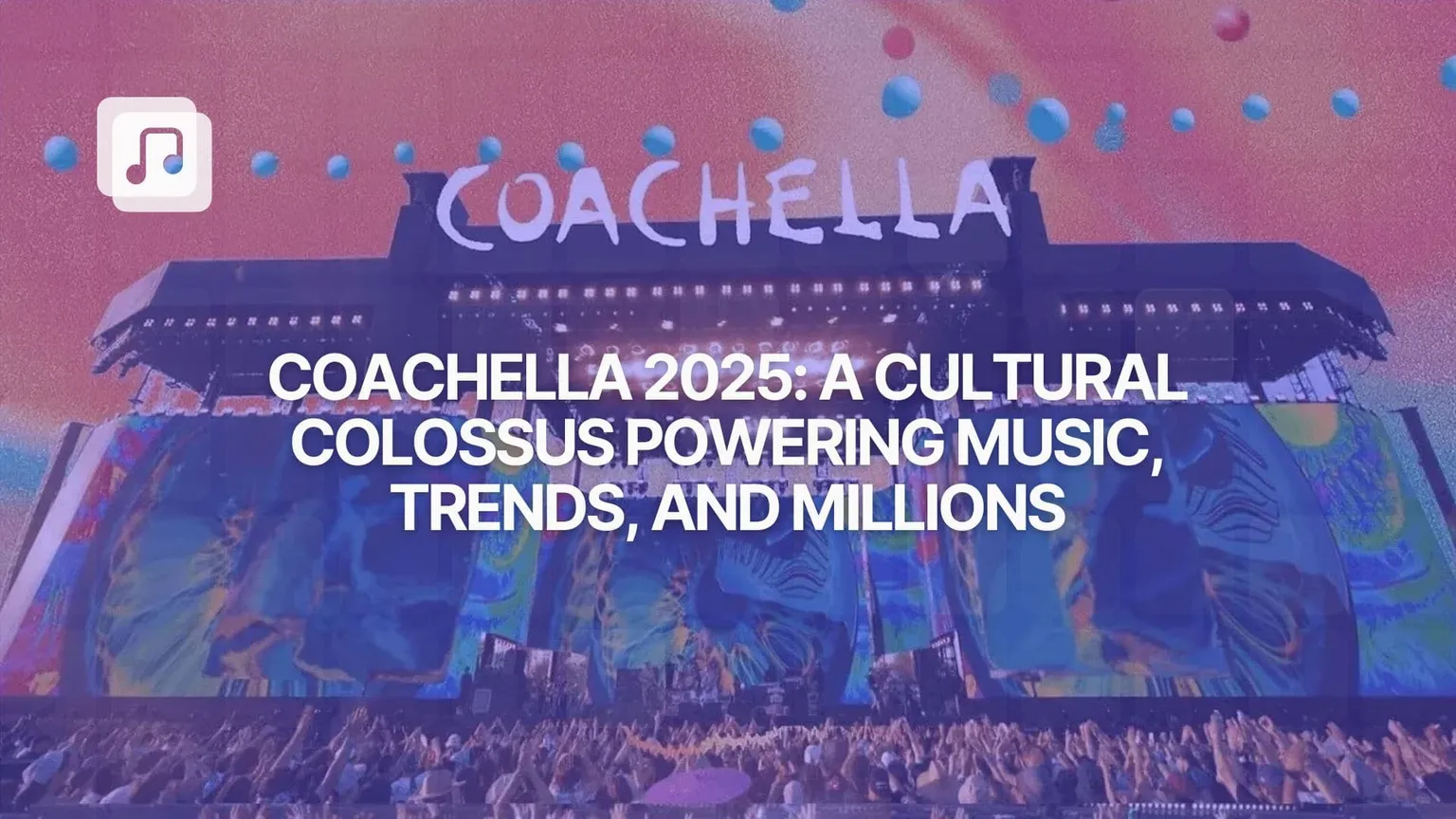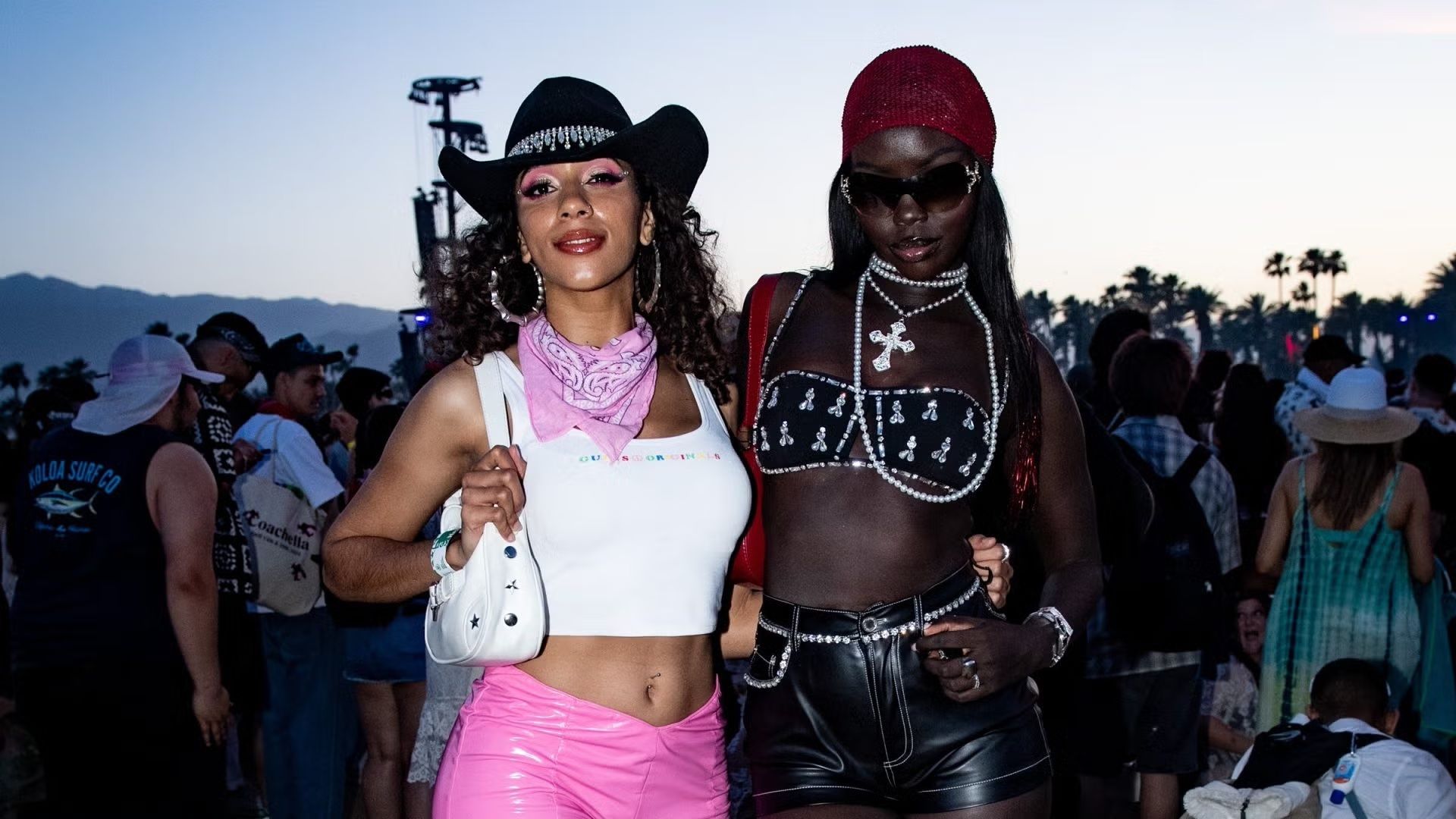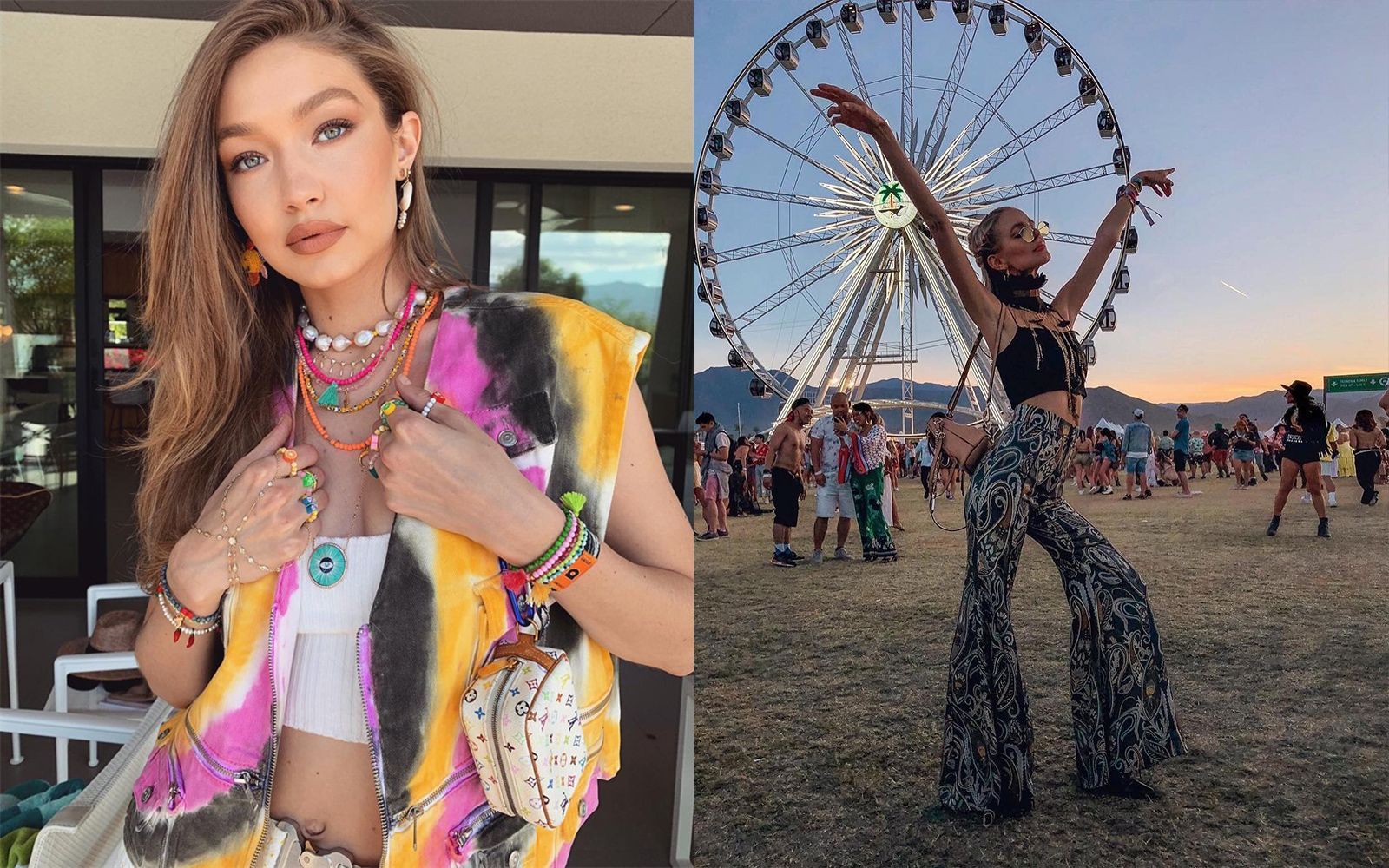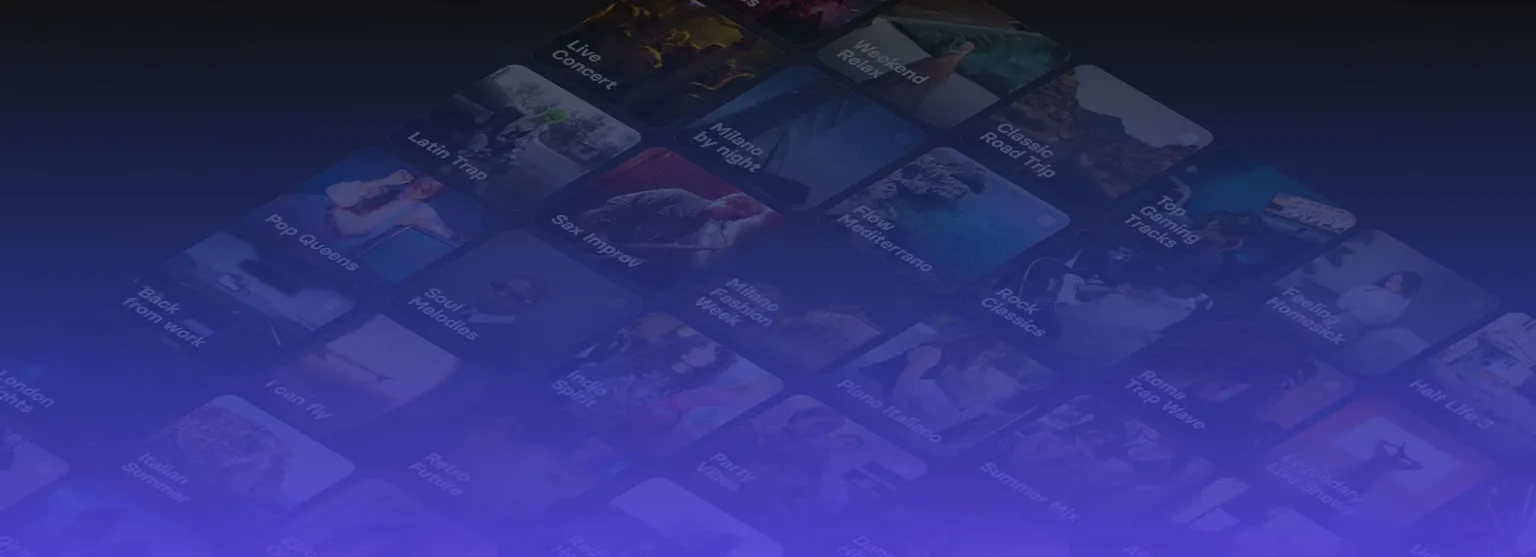
Every April, the Coachella Valley transforms from a quiet desert expanse into the epicenter of global pop culture. The Coachella Valley Music and Arts Festival, held April 11–13 and 18–20, 2025, at the Empire Polo Club, delivered another blockbuster edition, blending chart-topping performances, high-fashion spectacles, and viral moments that reverberated across social media.
With headliners like Lady Gaga, Green Day, Post Malone, and Travis Scott, alongside breakout acts like Charli XCX and Tyla, Coachella 2025 reaffirmed its status as a music industry titan and a trendsetting juggernaut. Backed by hard numbers, from streaming surges to economic windfalls, here’s why Coachella remains the festival to watch.
Coachella: A Music industry powerhouse
Coachella is a linchpin of the live music industry, which is projected to generate $31.5 billion globally in 2025. The festival itself is a financial behemoth, drawing an estimated 250,000 attendees across two weekends—125,000 per weekend—and generating over $100 million in ticket sales alone. In 2017, Coachella grossed $114.6 million, and while 2025 figures are still being tallied, early reports suggest a comparable haul, driven by ticket prices ranging from $649 for general admission to $1,599 for VIP passes.
Beyond ticket revenue, Coachella’s economic ripple effect is staggering. A 2016 study by the Coachella Valley Economic Partnership estimated that the festival, alongside its country music sibling Stagecoach, injected $704 million into the regional economy, with $403 million directly benefiting local businesses and $3.18 million in tax revenue flowing to Indio. Hotels, restaurants, and retailers report surges during festival season, with venues like Palm Springs’ Saguaro hotel seeing pool party attendance spike sevenfold.
Coachella’s influence on artists is equally profound, often dubbed the “Coachella Effect.” Performances at the festival can catapult emerging acts into the mainstream and boost established stars’ streaming numbers.

In 2024, Chappell Roan’s Coachella set led to a 1,200% surge in Spotify streams for her single “Good Luck, Babe!”, while Sabrina Carpenter’s performance doubled her monthly listeners to 60 million. For 2025, early data suggests Charli XCX’s electrifying set, fueled by her Brat album’s cultural dominance, pushed her streams up by 30% within 48 hours of her April 12 performance. Headliners like Post Malone and Travis Scott, whose sets included surprise guests (rumored to include Bruno Mars for Gaga’s “Die With A Smile”), are projected to see similar spikes, with Malone’s catalog already trending upward on Apple Music post-festival.
The festival’s genre diversity mirrors industry trends. In 2025, 39% of the lineup featured electronic dance music (EDM), reflecting the genre’s 12.5% share of U.S. music consumption among Gen Z, per MRC Data. Hip-hop and pop also dominated, with acts like Megan Thee Stallion and Tyla drawing massive crowds. Coachella’s YouTube livestream, offering free global access with features like multiview (watching four stages simultaneously), amplified these performances, generating millions of views and boosting artists’ tour ticket sales. A single standout livestream moment can sell out an artist’s arena tour—or, conversely, a lackluster set can dent their momentum.
The buzz that breaks the internet
Coachella’s cultural footprint extends far beyond music, earning it the nickname “influencer Olympics.” The festival is a social media juggernaut, with Instagram, TikTok, and X lighting up during its run. In 2024, Coachella-related hashtags like #Coachella and #CoachellaVibes generated 1.2 billion TikTok views and 500 million Instagram impressions over two weeks. For 2025, early metrics show #Coachella2025 trending with over 800 million TikTok views by April 15, driven by viral clips of Charli XCX’s neon-green stage design and Missy Elliott’s throwback medley.
The festival’s official Instagram account, with 3.5 million followers, saw a 15% engagement spike during the first weekend, outpacing competitors like Lollapalooza.
Fashion is Coachella’s other headliner. Attendees’ outfits—think crochet tops, cowboy boots, and ’70s-inspired metallics—set global trends, with retailers like Revolve reporting a 20% sales bump for “festival fashion” lines in April. Vanessa Hudgens, Coachella’s unofficial style icon, inspired thousands with her 2012 flower crown look, and 2025 saw influencers like Aliyah’s Interlude channeling her boho-chic vibe. However, some purists argue this focus on aesthetics overshadows the music, with one X post lamenting, “Coachella’s more about outfits than headliners now.”

Brands capitalize on this frenzy, turning Coachella into a marketing bonanza. In 2025, activations like Adidas’ immersive sneaker pop-up and Hailey Bieber’s Rhode skincare lounge drew thousands, with Instagram posts tagged #RhodeChella garnering 10 million impressions. Past campaigns, like H&M’s #HMLovesCoachella collection, set the precedent, and 2025’s minimalist, photogenic setups proved equally effective. These partnerships rival Super Bowl ads in visibility, with brands spending up to $500,000 for prime festival real estate.
Surprise performances fuel Coachella’s viral moments. In 2024, Billie Eilish’s duet with Lana Del Rey and Will Smith’s Men in Black cameo dominated headlines. For 2025, speculation about guests like Lorde (for Charli XCX’s “Girl, So Confusing” remix) or Kendrick Lamar (joining Travis Scott) kept X abuzz, with confirmed appearances still trickling in. These moments, often teased on artists’ socials hours before, can generate 50 million impressions in a single day.
Challenges amid dominance
Despite its success, Coachella faces hurdles. Ticket sales for 2024 lagged, with only 80% of 250,000 tickets sold, a 14% drop from 2023, per industry sources. High prices—$649 for general admission in 2025, up from $549 in 2022—have sparked backlash, with fans on X calling the festival “elitist.” Environmental concerns also loom: acts like Massive Attack declined to perform in 2025, citing the festival’s 1,000-ton carbon footprint, prompting Goldenvoice to pledge greener initiatives like solar-powered stages.

Critics also point to Coachella’s shift toward mainstream appeal. The 2025 inclusion of the Los Angeles Philharmonic, a first for a major orchestra, drew praise for innovation but flak from fans expecting edgier acts. Still, Goldenvoice’s early lineup reveal in November 2024, rather than January, boosted early ticket sales by 10%, signaling strategic adaptability.
Why Coachella still matters
Coachella 2025 proved its staying power, blending music, fashion, and digital innovation to captivate a global audience. Its economic impact—$704 million regionally, millions in tax revenue—underscores its value to Indio, while its cultural influence shapes trends from TikTok to runways. For artists, a Coachella set is a career-defining moment; for brands, it’s a marketing coup; for attendees, it’s a pilgrimage. As the festival navigates rising costs and cultural shifts, its ability to deliver viral moments—like Gaga’s rumored Joker-inspired performance or Green Day’s punk rock revival—ensures it remains the gold standard of music festivals.
Visit the matchfy.io blog now to stay up-to-date with this kind of music industry information, tips for emerging artists, and much more.

